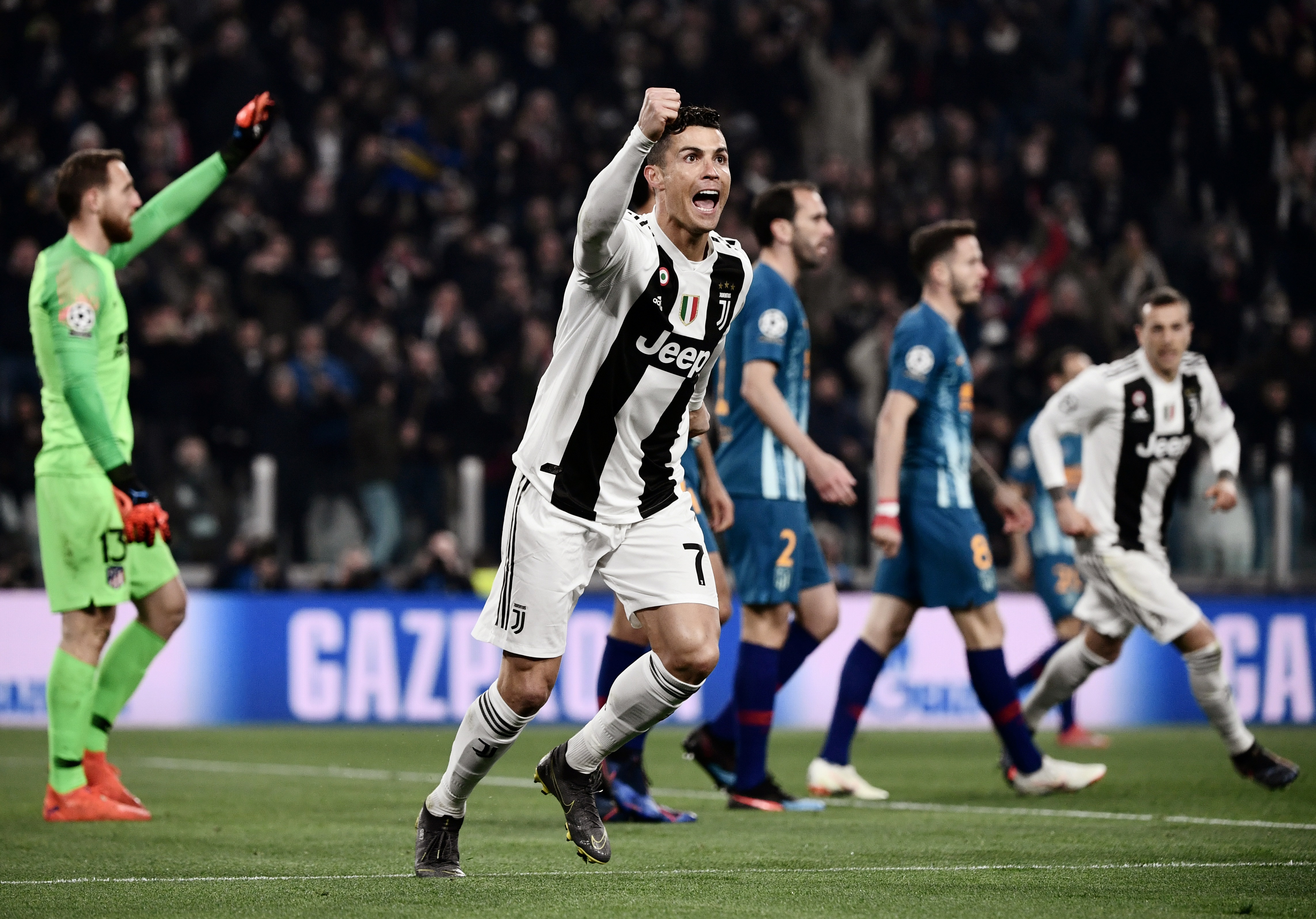What Wenger can learn from Hodgson's success
Michael Cox ponders whether Jack Wilshere's new role in an England shirt may shape his future in the red of Arsenal, ahead of this weekend's clash with Manchester United...
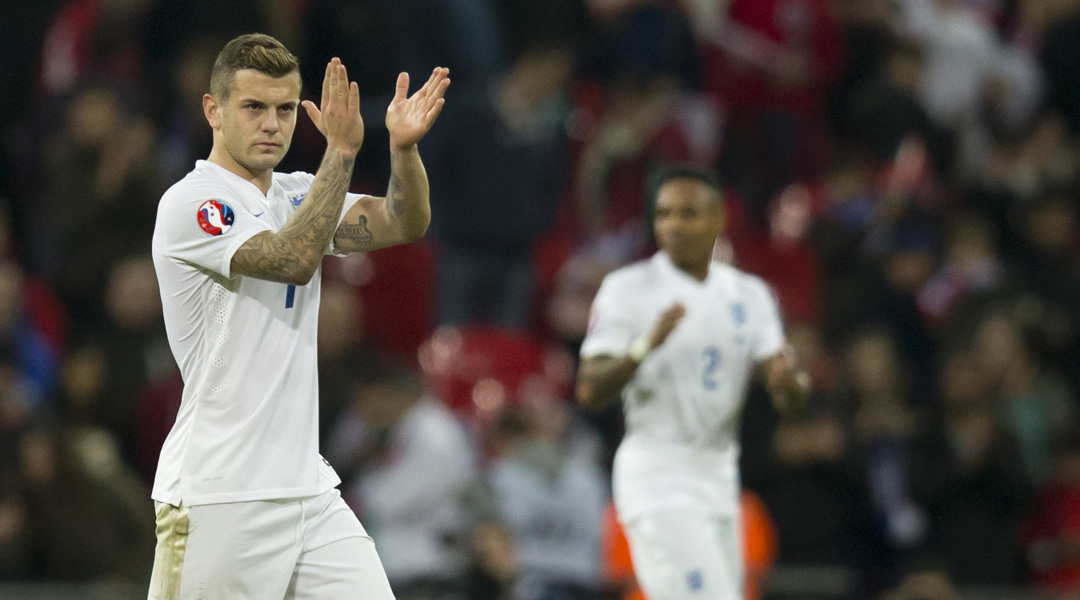
This month’s international break proved extremely successful for Roy Hodgson’s England side, who recorded consecutive 3-1 victories over Slovenia and Scotland. One of the star performers was Jack Wilshere, who played at the base of midfield and dominated both matches with his slick passing, leading to questions about whether Wilshere is performing better for country than club. The fact Hodgson has deployed him in a relatively unfamiliar role, meanwhile, makes this debate particularly intriguing.
Wilshere’s best position has been debated fervently since his breakthrough into the Arsenal first team in 2010, but few believe he’s suited to being a defensive midfielder, considering he excels at breaking forward energetically from midfield. However, from the moment he made his international debut against Denmark in a deep position in 2011, it’s seemed his international position would be deeper than at club level.
For Arsenal, Wilshere has struggled to pin down a permanent role. His best form probably came in his first full campaign, playing in a 4-2-3-1 and given license to break forward into attack, easing past opposition pressure and playing good passes into the final third. Since then, however, Wilshere has played a variety of roles in both a 4-2-3-1 and a 4-3-3, but the rise of Aaron Ramsey means his natural position has now been taken.
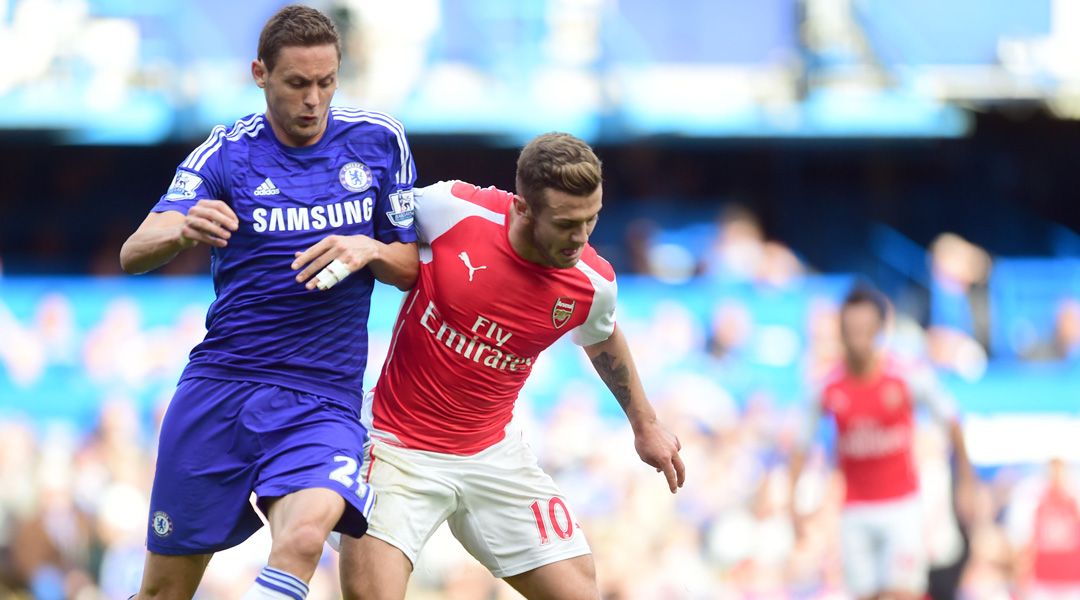
For England, meanwhile, a slot has opened up in front of the defence. Steven Gerrard played there at the World Cup, and since his retirement there’s no obvious replacement.
Frank Lampard has also retired, while Michael Carrick and Gareth Barry are past their best. Of the younger players, Ross Barkley and Jordan Henderson are more adventurous, and have also shown more in the final third than Wilshere at club level over the last year.
Wilshere, then, has found himself starting at the base of the midfield, often in a diamond formation. He played in both matches this week, suggesting Hodgson wants to give him plenty of experience in that position, and sees him as a long-term solution.
In fairness, the holding role isn’t so difficult when England are playing against inferior opposition – it’s largely about passing, which is one of Wilshere’s strong suits. Against good teams, when England spend longer without the ball, Wilshere may encounter more problems.
Get FourFourTwo Newsletter
The best features, fun and footballing quizzes, straight to your inbox every week.
Nevertheless, things have looked good so far. Initially, Wilshere struggled to put himself in the positions to receive passes from defence, but he’s learned quickly and now is permanently available and capable of making clever movements to deceive opponents.
He’s comfortable receiving the ball on the half-turn and playing good forward passes, and his whipped ball onto the head of Arsenal team-mate Alex Oxlade-Chamberlain for the opener at Celtic Park was magnificent, the type of pass we rarely see him playing at club level.
For Arsenal, he’s a more adventurous player. His best performance of the season came in the 2-2 home draw with Manchester City, when he created one goal and scored another, and continually slid forward impressively to turn defence into attack.
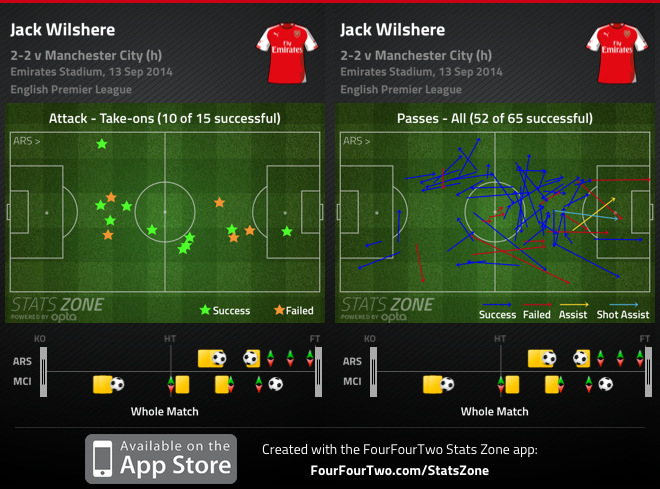
His defensive work isn’t always so impressive, and Wilshere gets booked too often. His defensive dashboards from the matches against Tottenham and Hull show as many fouls as positive ball-winning.
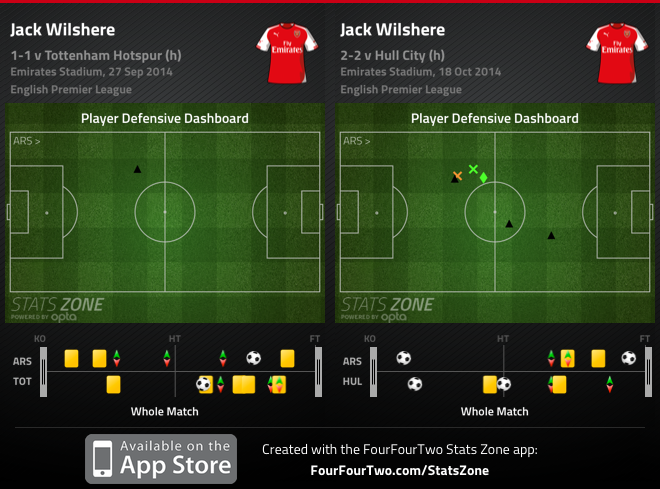
Is it possible, however, that Wilshere could become a deep-lying midfielder at Arsenal? Arsene Wenger finds himself with a problem in that position, with Mikel Arteta struggling for form and fitness, and Mathieu Flamini not entirely convincing. Wenger has previously questioned the wisdom of Wilshere playing so deep for England, but he can’t fail to be impressed by his good recent performances.
After all, Wenger has rarely bought defensive midfielders in recent years, preferring to convert more creative players into that position. After Flamini’s initial departure in 2008, Wenger used Denilson – previously seen as a ball-player – in the defensive midfield position, and did the same when Song left for Barcelona, moving Arteta back. Wilshere, in theory, could make a similar move, and appears keen on the idea.
“I wouldn’t mind playing it at Arsenal and I’ve already spoken to the manager about it, and he doesn’t see me playing that role just yet,” he said following the win over Scotland.
“I enjoy my role for Arsenal as well because I can get a bit further forward, but I wouldn’t mind to play the holding role for Arsenal. That’s the manager’s decision."
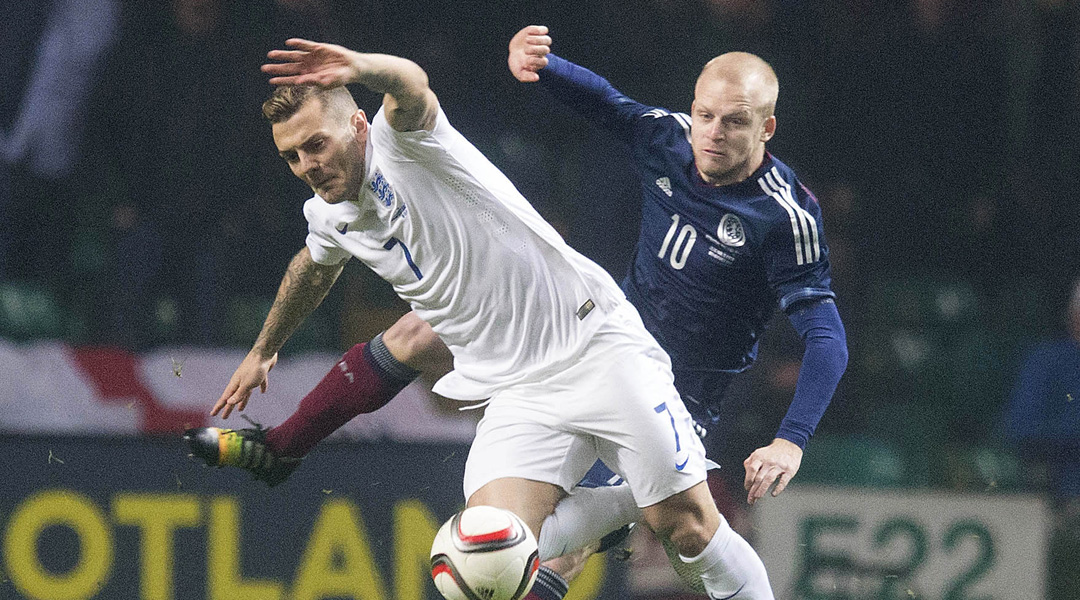
“I’ve said before, after the first game [in that position] in Switzerland, that I’d only get better and better. It was my first game ever playing in that role. The main thing is the coaches are getting their points across in terms of what they want me to do.”
Arsenal spend the majority of the time with the ball, which would suit Wilshere playing deep, and their defensive strategy involves pressing in midfield, allowing Wilshere to push up and stick tight to opponents, rather than scrapping in front of his defence.
He’d enjoy more time on the ball and be able to assess attacking options from deep, and the likes of Theo Walcott, Danny Welbeck and Alexis Sanchez would benefit from his clever long balls in a similar manner to Oxlade-Chamberlain on Tuesday evening.
It’s not impossible Arsenal will find themselves without Arteta and Flamini at some point this season, with no sign of a replacement on the way. Wilshere might have to deputise in the holding role, and it could be a glimpse of the future.
Arsenal vs Man United LIVE ANALYSIS with Stats Zone
